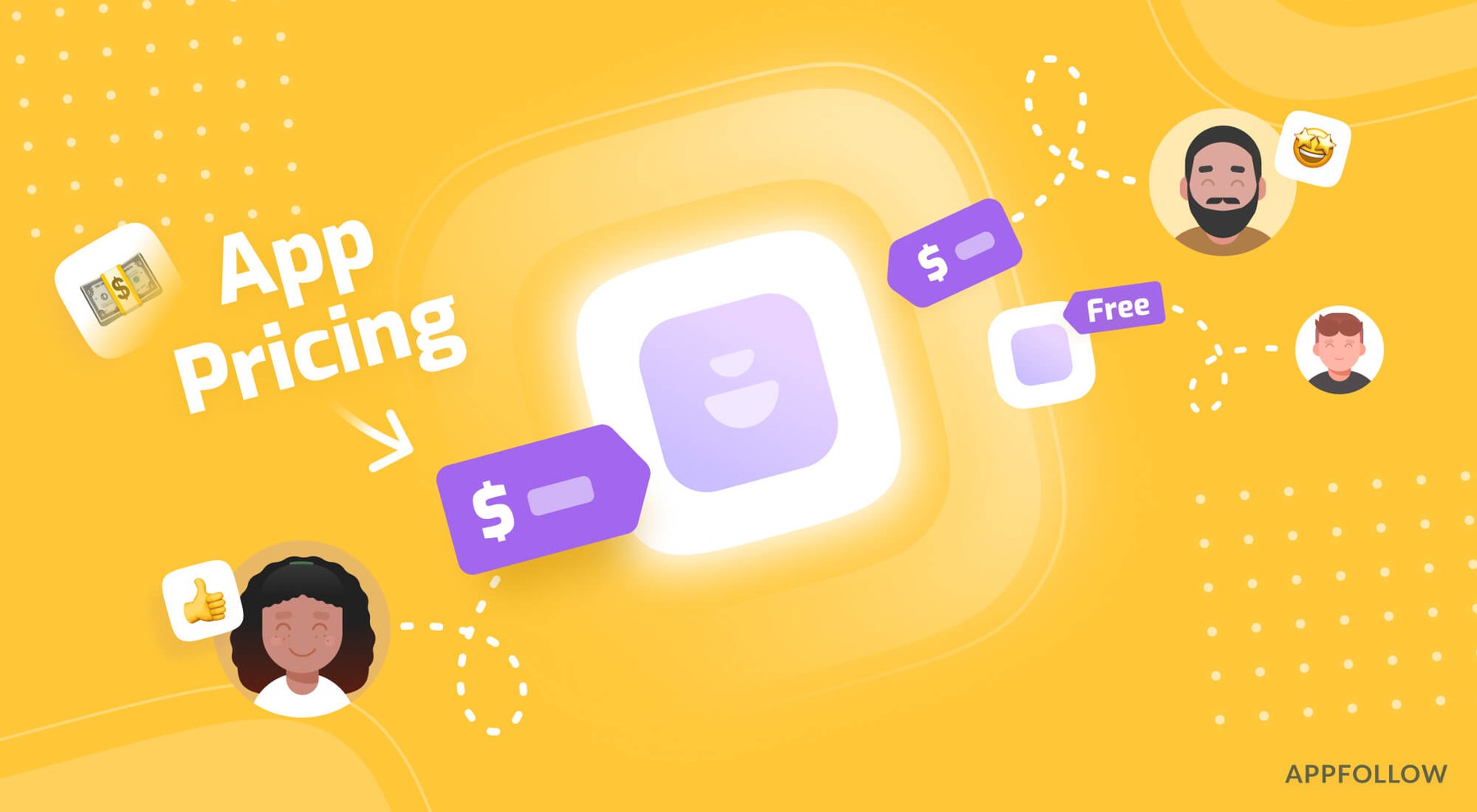What is the average cost to develop an app?

There are millions of apps that connect to various aspects of our day-to-day life. From shopping to relaxing, there’s an app for it. It’s a competitive industry, but with so many niches still left untapped, the market is still crying out for the next big idea.
Do you think you have it? Before you create it, you’ll have to ask yourself these questions: how much does app development cost? What do you need, and who do you need to hire?
How much does it cost to make an app?
So, you have an idea for an app?
Before hiring your development team, you’re going to need to work out how much making it is going to cost. By doing this, you can create a platform that enables you to take a peek at your future profit margins.
That’s great, but app development costs vary depending on a variety of factors. So, putting an exact number on how much your app will cost to build is notoriously difficult. Instead, we can look at the average cost of developing an app.
To make it as simple as possible, it is best to break this down by how sophisticated your app is going to be.

We can break these costs down even further, into what services you will pay for:
- App functionality and purpose
- supported devices
- integration points
- Visual objects
- Use of hardware features
As you can see, it’s not as simple as just working out how much the coders cost. You also have to consider the UX researchers, graphic designers, marketing, localization, and internationalization teams.
With all these different development touchpoints, it’s little wonder mobile app development costs vary.
Why do mobile app development costs vary?
The sophistication of the app affects app development prices, but what else creates variation in costs?
How long do you have to build the app?
The cost of time is one of the primary factors you will address when developing your app. The longer it takes to develop an app, the more it will cost you. In most cases, you will pay for the build time. So, the longer the build takes, the more you will be spending.
This seems straightforward. Keep things on time and you’ll be fine.
Unfortunately, development rarely runs like clockwork and you’re going to face delays. In this scenario, you may have already started paying another team for their work, but with a section of delays, this team may not get hold of their section of work until much later. Not only will you have to pay them for the time they weren’t working, but will probably have to pay for any extra time they have to spend.
When working out a budget for developing and promoting an app, remember to factor in some budget ready breathing space for delays.
How big is your team going to be and who is going to be involved?
The size of your team will also influence how much your app is going to cost. A small team will be cheaper as there are fewer people to pay. But this doesn’t mean you should rule out a larger team, because it does come with benefits.
It’s tempting to get caught up in keeping development costs small, keeping your team small, but that will probably leave you with an app that is, well, small.
Think about it, with a larger team packed with project managers, designers and developers, you can create a more comprehensive and sophisticated app in a shorter amount of time.
So, not only will you have a more complete app, packed with features and content that users will love, you might also get it done that extra bit quicker.
Alongside that, you can also address several issues a smaller team could not facilitate, such as UX reviews and quality assurance.
What functions is your app performing?
The price of developing your app will vary depending on the function and complexity of your app.
Depending on your app type, the costs, like development, will vary. A simple app with little graphics or high-quality imagery will cost much less than a state-of-the-art game, which may require you to build in functionality for complex HD graphics. This means you need to factor in the costs of animators and graphic designers into your development plan.
For something simple, you may find that you are paying around $5,000. Something more complex, on the other hand, could end up costing you upwards of $50,000.
Setting up the backend infrastructure
As a developer, you have to think beyond the front end visuals and graphic capabilities of your app.
You will also need to factor in the backend infrastructure and administration of your app. Having the right backend in place will help reap rewards later down the line, as it comes in handy when measuring the performance of your app.
Of course, picking the right team will add further costs to your overall budget. But the rewards it can generate are extremely worthwhile.
Is your app going to be Hybrid or Native?
Another question to ask yourself is whether your app is going to be ‘hybrid’ or ‘native’.
A native app is an application that has been developed with a single platform or operating system in-mind, meaning developers only have to consider the functionality and constraints of that one platform.
A hybrid app on the other hand, uses some of the functionality of web apps, in order to be developed once and then run across multiple platforms.
A simplistic view is to say a native app is cheaper to develop, as you will only need to format it for one device. And this isn’t wrong. However, it is also wise to think about your plans for the future. What if you end up formatting for the other app store?
The point we are trying to make here is to always plan ahead. If moving to the other app store at some point is a reality, it might be worth investing extra time and money to create a hybrid app, rather than creating two separate native versions. This way you can manage the functions and updates without splitting development time between two teams in the future.
However, if you want to make a more personalized experience for respective app store users. Keep it native. This way, you can use the full capabilities of each operating system, giving your users the best possible experience.
Will your app use servers?
It won’t be your first thought, but will your app be using servers to store data or will it contain all of the data within the app?
This will largely depend upon the sophistication of your app, and is one of the many reasons that apps become more expensive as sophistication develops.
Storing your data on servers will allow you to create a much larger, more detailed app, as the memory for its programming is not reliant on being able to fit on the phone the user downloads it on to.
Incorporating remote servers will inevitably end up costing you more because of the high level of programming ability needed to set it up and the recurring running costs.
Where is your development team based?
The location of your app development team is also going to affect the costs of development. For example, the cost of a team in the US is going to differ when compared to another in India or Slovakia.
The location rarely affects the quality of the work. However, depending on the choice you make, you’ll need to factor in geographical and cultural working differences.
By outsourcing to a less expensive region, you can end up saving a lot of money on your app development costs, as the money required to pay for the same standard of skilled labour is less. But having them further away (and in wildly different time zones) means you will have to adjust your working patterns to keep up to date.
Alternatively, by paying more and hiring a local US team, for example, you will keep a closer eye on how your app is developing.
Market and competitive research
A factor that sits outside of the hardcore development of the app is the market and competitive research. To make sure you are creating the best app possible, you will need a good understanding of the current market.
AppFollow let’s you do competitor analysis on mobile apps with ease. Use the ‘Compare Apps’ feature to see what users are saying about your potential competitors. Get a firm grasp of the competition you’re up against and develop an app that outperforms them!







